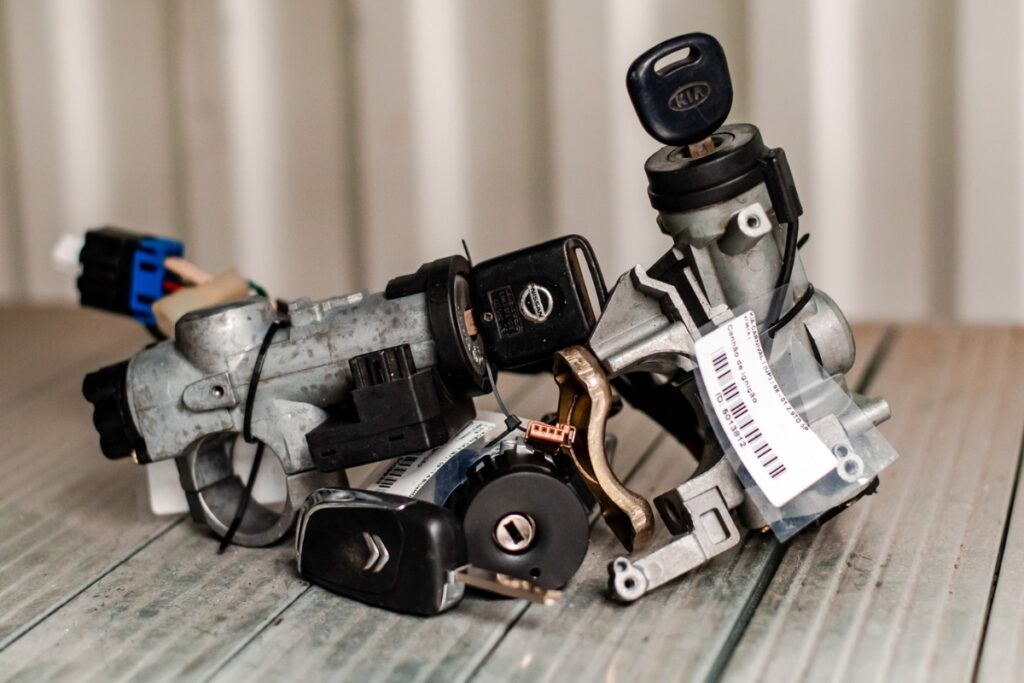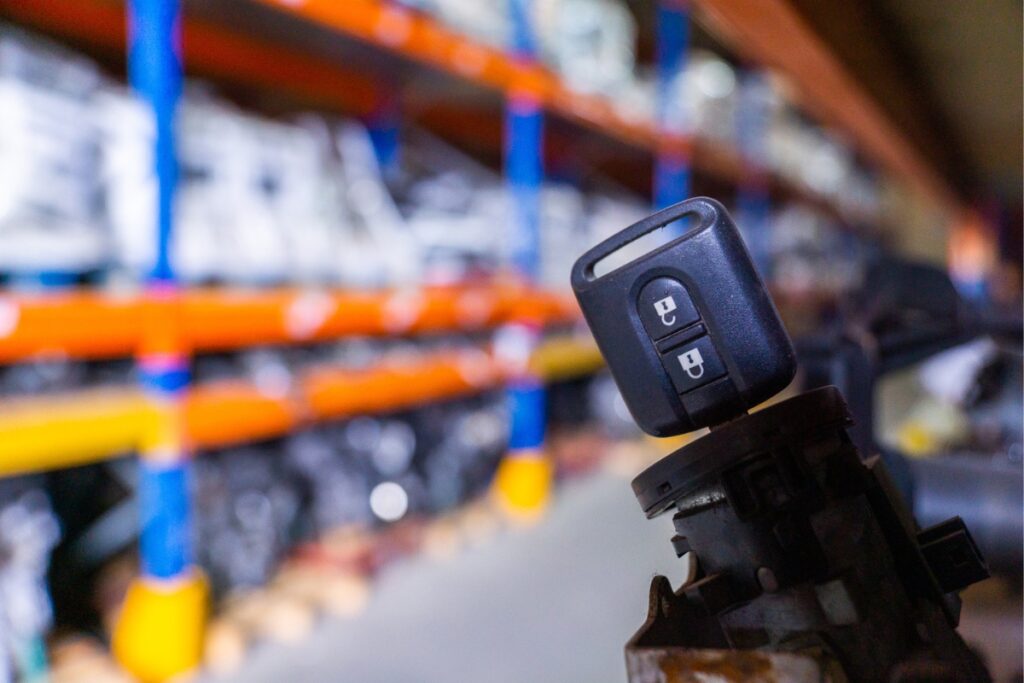Picture this: you're rushing to get to work, already running behind schedule, when you go to start your car and it doesn't respond. You try again, but the key won't even turn. A quick inspection reveals an issue with the ignition. While replacing the ignition barrel might solve the problem, it's likely going to make you even later.
But why does this happen? And more importantly, how can you prevent it from happening in the first place?
In this article, we'll explore the significance of this crucial component and provide practical tips to keep it in good condition. We’ll also walk you through the process of replacing the ignition barrel yourself. If you’re unsure or uncomfortable doing it yourself, always seek professional help.
Read also: Tips for Protecting Your Car’s Engine
How to Prevent Damage to the Ignition Cylinder
The ignition cylinder is essentially the mechanism that allows you to start and stop your car. While modern vehicles are increasingly moving away from physical keys, the traditional ignition cylinder remains widely used across various car models.
Most cylinders feature four distinct positions: the first unlocks the steering wheel, the second powers the vehicle’s accessories, the third activates the fuel system and onboard computer, and the final position starts the engine. When this mechanism malfunctions, the car won’t start. To avoid costly repairs, be mindful of potential warning signs and take steps to protect your ignition.

Lighten Your Keychain Load
Do you carry a heavy collection of keys, trinkets, and gadgets on your keychain alongside your car key? Ideally, your car key should have its own dedicated keyring.
Too much extra weight on your key can put unnecessary strain on the ignition cylinder, leading to wear and tear over time. For instance, every insertion and removal of the key could gradually degrade the fit between the key and the barrel. In extreme cases, the key might fail to rotate properly or even get stuck in the ignition.
Keep your car key lightweight by removing any nonessential items from your keychain. If you’re worried about misplacing your keys, consider attaching them to your house keys with a small clip. This way, you can easily detach the car key when needed and reattach it when you're done driving.
Ensure You’re Using the Right Key
It may sound obvious, but sometimes people unintentionally grab the wrong key—especially in households where multiple family members drive similar cars. If you’ve got several keys that look alike, it’s easy to confuse them.
When your key isn’t working, resist the urge to force it. If it’s the wrong key, no amount of effort will make it function correctly. Instead, pause and consider other factors that might be interfering with the ignition, such as an obstruction or misalignment, before applying excessive force.
Read also: Understanding the Engine Control Unit (ECU)
Avoid Excessive Force
We’ve all been guilty of venting frustration on objects, including car keys. However, forcing the key into the ignition with undue vigor can lead to permanent damage. Over time, this behavior can compromise both the key and the ignition system, rendering them unusable.
Check the Steering Wheel Alignment
After turning off the engine, pay attention to the position of the steering wheel. If it’s locked, it could interfere with the ignition lock mechanism, preventing the car from starting. Similarly, if you turn off the engine while the steering wheel is turned, it may lock up.
Since the ignition lock connects directly to the steering wheel lock, ensure the steering wheel is free to move. Gently turn it from side to side to release any tension. Avoid applying excessive force when inserting the key to avoid damaging the ignition barrel.

Read also: All About Alternators
Step-by-Step Guide to Replacing the Ignition Barrel
Now that you understand the importance of protecting your ignition and recognizing signs of trouble, let’s dive into the replacement process. We’ll use a Volvo XC60 as an example, which uses a card and button instead of a traditional key.
For this task, you’ll only need a screwdriver. Follow these steps:
- Disconnect the car battery at least an hour before beginning the repair to avoid electrical hazards.
- Remove the protective plastic cover.
- Loosen the screws with the screwdriver.
- Insert the key or card and gently pull the ignition barrel out.
- Disconnect the electrical wires and set them aside.
- Attach the new ignition barrel by connecting the wires.
- Insert the key or card and align it with the slots.
- Tighten the screws securely.
- Reinstall the protective plastic cover.
- Reconnect the battery and test the ignition.
For a visual walkthrough, check out the video tutorial below.
Looking for a replacement ignition barrel for your car? Our website offers over 20,000 options for more than 60 different brands.
Led Die Casting Mold Frame, Led Die Casting Dies, High Pressure Casting Mold Light, Die Casting Tools Led Lamping
Ningbo Xuao Machinery Co.,Ltd , https://www.xuao-machinery.com